Oil spills are among the most catastrophic environmental disasters, leaving a lasting impact on our planet. The massive release of oil into our oceans and seas not only affects marine life and birds but also disrupts human communities and economies. From the oil-soaked beaches to the poisoned waters, oil spills have far-reaching consequences that continue to unfold for years. Let’s dive into some of the worst oil spills in history and explore their devastating effects on animals, humans, and the planet.
1. The Deepwater Horizon Disaster That Changed the Gulf Forever
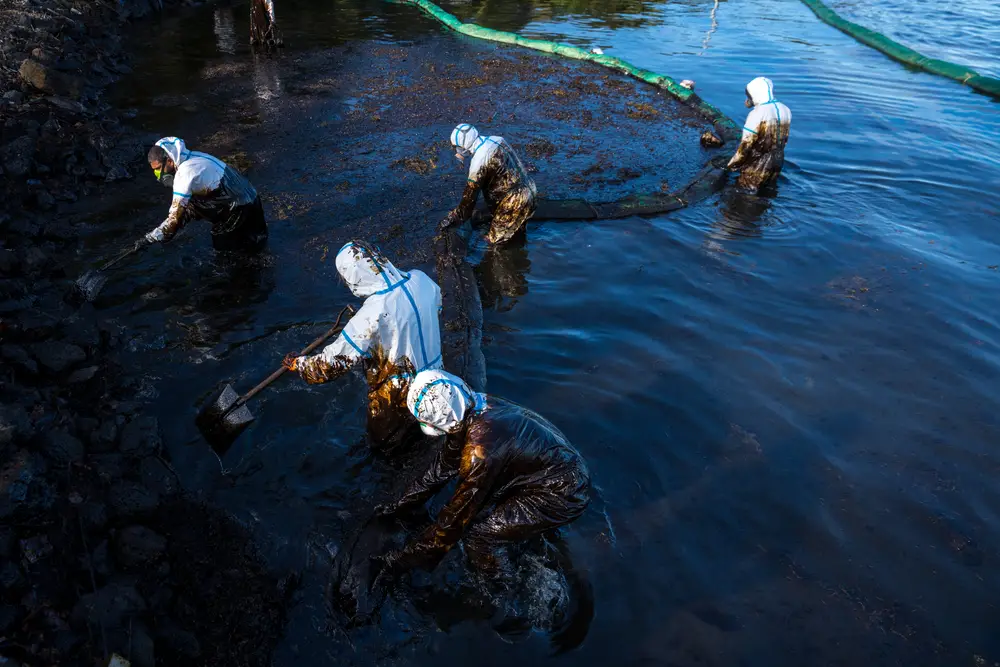
The Deepwater Horizon spill, which occurred in April 2010, stands as one of the most infamous environmental disasters in recent history. When an offshore drilling rig operated by BP exploded, it unleashed approximately 4.9 million barrels of oil into the Gulf of Mexico over 87 days. According to National Geographic, the spill had a profound impact on marine life, killing thousands of dolphins, sea turtles, and countless fish. Birds, such as pelicans and gulls, were found covered in sticky oil, unable to fly or hunt for food.
The human communities along the Gulf Coast also faced significant challenges in the aftermath of the spill. Fishing and tourism industries, vital to the region’s economy, were severely affected, leading to massive financial losses. The toxic nature of the spill posed health risks to cleanup workers and residents, prompting concerns about long-term health implications. The environment bore scars that would take decades to heal, as ecosystems struggled to recover from the pollution. This disaster serves as a stark reminder of the potential hazards of offshore drilling.
2. Exxon Valdez: A Dark Chapter in Environmental History
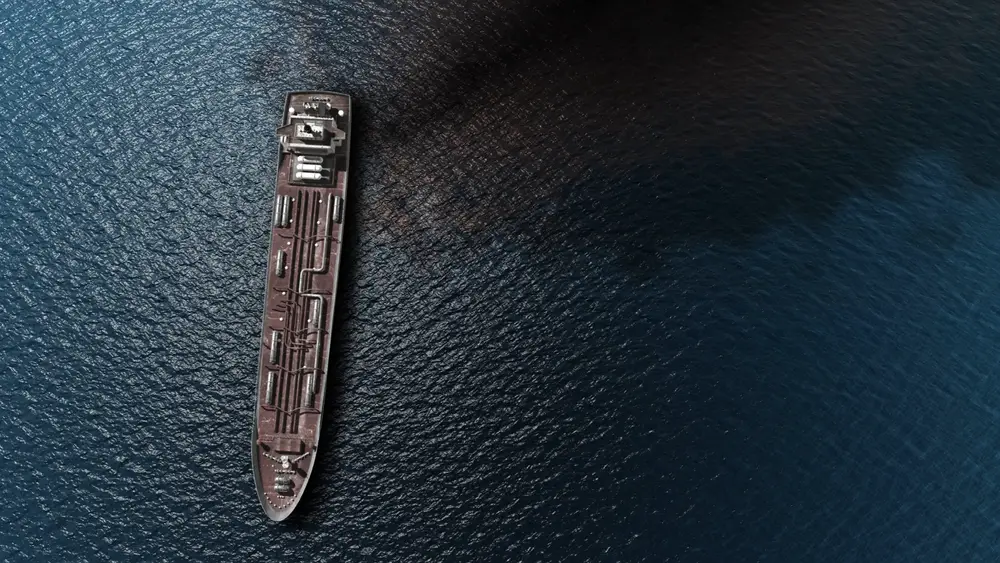
In March 1989, the Exxon Valdez oil tanker collided with a reef in Prince William Sound, Alaska, spilling approximately 11 million gallons of crude oil. The spill transformed over 1,300 miles of pristine coastline into an environmental catastrophe, affecting countless wildlife species. According to Time, the disaster resulted in the deaths of hundreds of thousands of seabirds, otters, and seals. The region’s unique ecosystems were devastated, and many species struggled to recover for decades.
The impact on local communities was equally profound, with the fishing industry suffering tremendous losses as fish populations plummeted. The cleanup efforts were extensive, costly, and spanned years, yet the environmental damage lingered. The spill also led to significant changes in regulations and safety measures for oil transportation, highlighting the need for increased vigilance. This disaster remains a cautionary tale of the potential consequences when oil transportation goes awry.
3. The Persian Gulf War: An Environmental Casualty of Conflict
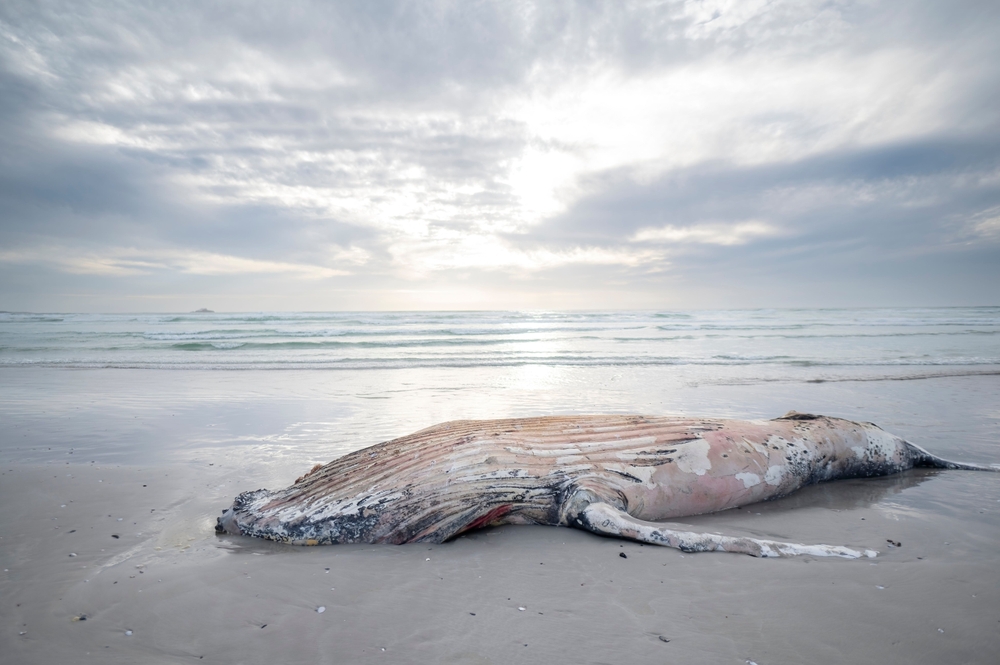
Amid the chaos of the Persian Gulf War in 1991, one of the largest oil spills in history unfolded as a devastating side effect of human conflict. Iraqi forces, in an attempt to deter U.S. coalition forces, deliberately released approximately 11 million barrels of oil into the Persian Gulf. The spill coated the shores of Kuwait and Saudi Arabia with a thick layer of oil, suffocating marine life and damaging coral reefs.
The spill’s impact extended beyond the immediate area, affecting the global environment and economy. The toxic mix of oil and seawater created a hazardous environment for both humans and wildlife. Fishermen lost their livelihoods, and local communities faced health risks from the contaminated water. The incident underscored the collateral damage that war can inflict on the environment, leaving long-lasting scars that persist long after the conflict ends.
4. The Ixtoc I Blowout: A Deep-Sea Disaster
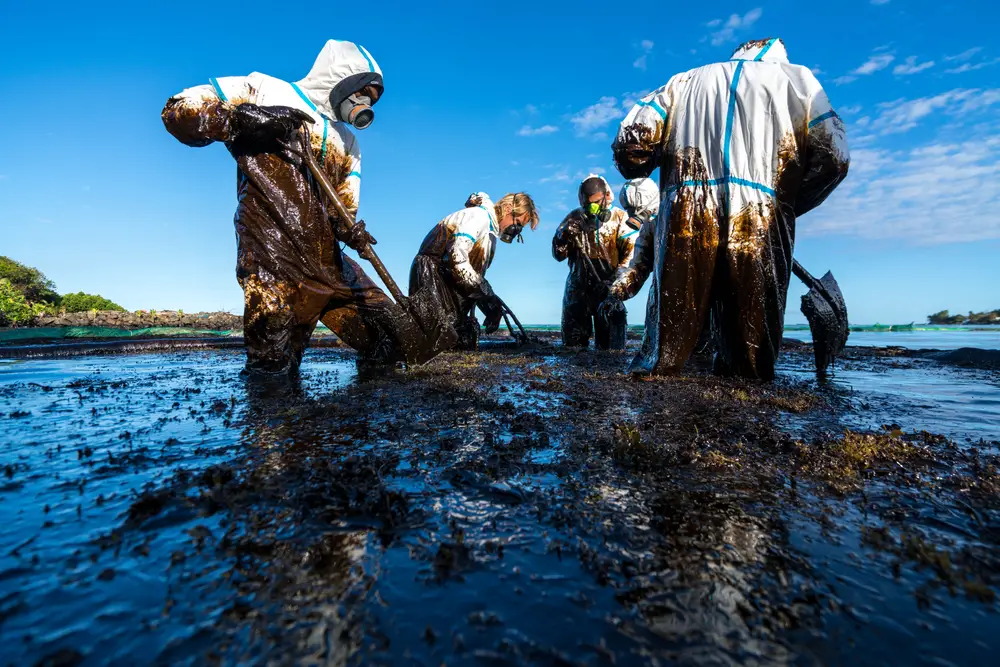
In June 1979, the Ixtoc I oil well in the Gulf of Mexico suffered a blowout, resulting in one of the largest peacetime oil spills in history. The disaster continued for nearly 10 months until March 1980, releasing an estimated 3.3 million barrels of oil into the ocean. The spill had a catastrophic impact on marine life, with miles of shoreline affected by oil slicks. Birds, sea turtles, and other marine creatures were severely affected, leading to significant mortality rates.
The spill’s environmental impact extended far beyond the immediate vicinity, reaching the shores of Texas. The economic consequences were severe, with the fishing and tourism industries in Texas experiencing significant disruptions. Local communities faced considerable financial setbacks as they struggled to cope with the environmental disaster. The Ixtoc I blowout remains a poignant reminder of the risks associated with deep-sea drilling and the potential for long-term environmental damage.
5. The Amoco Cadiz Spill: A French Coastal Tragedy

In March 1978, the oil tanker Amoco Cadiz ran aground off the coast of Brittany, France, spilling its entire cargo of 1.6 million barrels of crude oil. The spill devastated over 200 miles of the French coastline, impacting marine biodiversity and local communities. Thousands of seabirds perished, their feathers soaked in oil, while marine life such as fish and shellfish experienced massive die-offs. The spill left a lingering scar on the environment, with residual oil affecting the region for years.
The Amoco Cadiz disaster had significant economic repercussions, crippling the local fishing industry and impacting tourism. The response to the spill highlighted the need for improved oil spill response strategies and regulations. The long-term effects on the ecosystem underscored the importance of preventing such disasters. The disaster spurred international efforts to enhance maritime safety and oil spill preparedness.
6. The Castillo de Bellver Fire and Spill: A South African Catastrophe
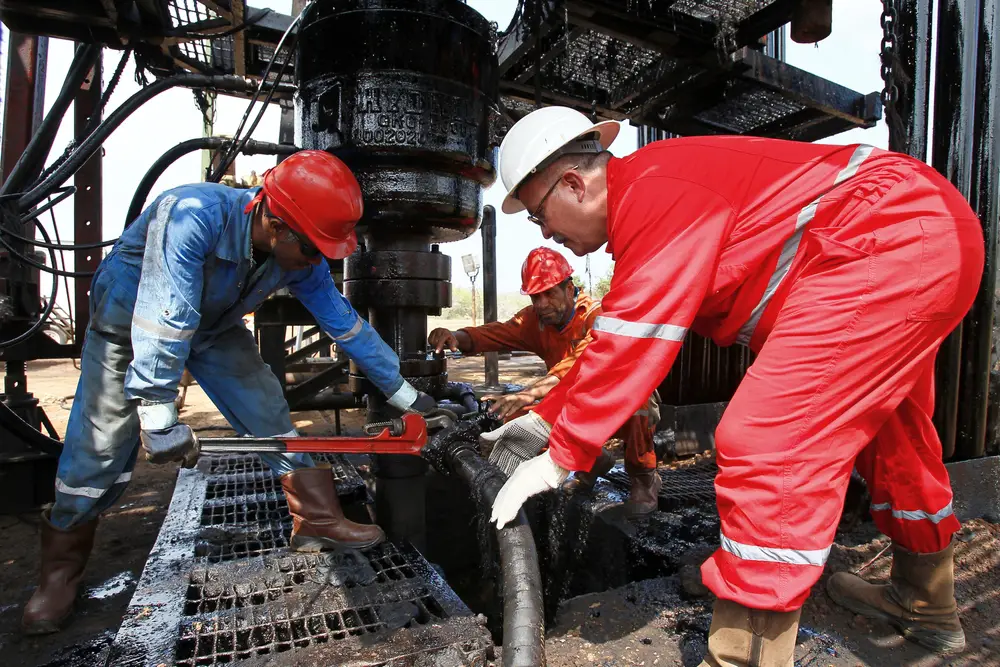
In August 1983, the oil tanker Castillo de Bellver caught fire off the coast of South Africa, eventually breaking apart and spilling around 1.8 million barrels of light crude oil into the Atlantic Ocean. The spill spread over 100 miles, affecting marine life and ecosystems along the coast. The immediate impact on wildlife was disastrous, with oil-soaked birds and marine animals struggling to survive. The spill also posed a threat to sensitive marine habitats, including coral reefs and coastal ecosystems.
The economic consequences were substantial, with the fishing industry suffering significant losses due to the contamination of fish stocks. The spill prompted changes in international regulations regarding tanker safety, emphasizing the need for robust safeguards against accidents. Local communities faced the challenge of dealing with the environmental aftermath, highlighting the importance of preparedness in mitigating the effects of such disasters. The incident remains one of South Africa’s most significant environmental tragedies.
7. The Torrey Canyon Spill: A Pioneering Disaster
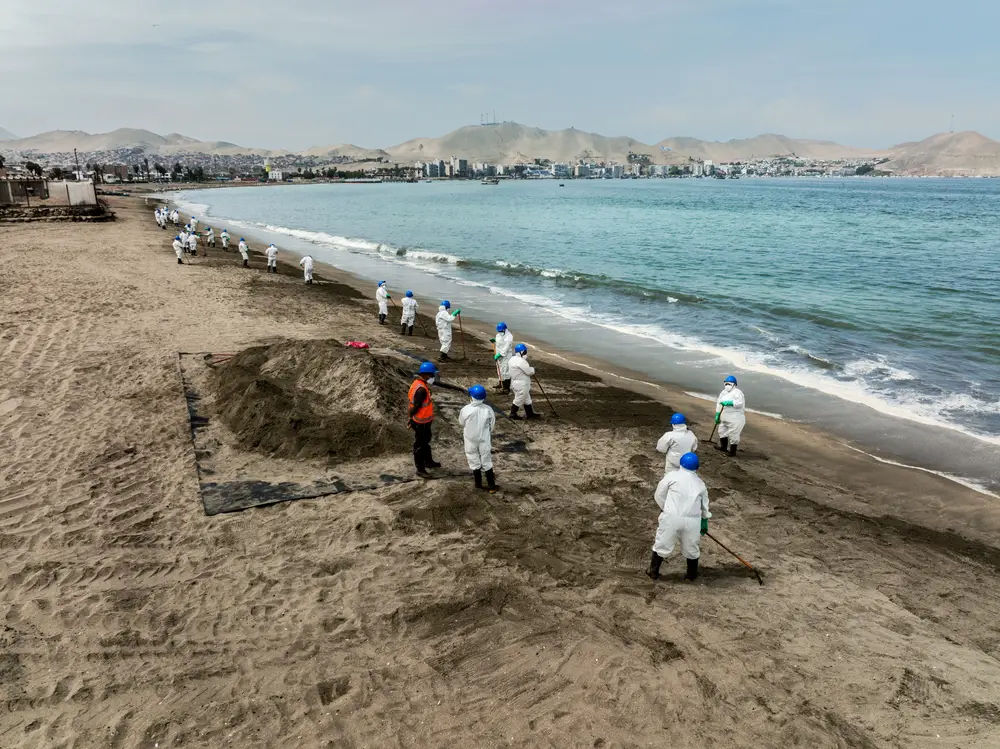
In March 1967, the supertanker Torrey Canyon ran aground off the southwest coast of the United Kingdom, spilling an estimated 25–36 million gallons of crude oil into the sea. The disaster affected over 120 miles of coastline in Cornwall and parts of Brittany, France, marking one of the first major oil spills that prompted widespread international attention. The spill had devastating effects on marine life, with thousands of seabirds and marine animals succumbing to the toxic oil. The cleanup efforts were extensive and costly, involving the use of detergents that, while effective in breaking down the oil, also caused additional environmental harm.
The Torrey Canyon spill served as a wake-up call for the international community, leading to the development of new policies and regulations for oil spill preparedness and response. The disaster highlighted the need for coordinated efforts and improved technologies to prevent and manage oil spills. The spill’s legacy continues to influence maritime safety and environmental protection measures today. It remains a pivotal moment in the history of oil spill awareness and response.
8. The MT Haven Tanker Spill: Mediterranean’s Environmental Wound
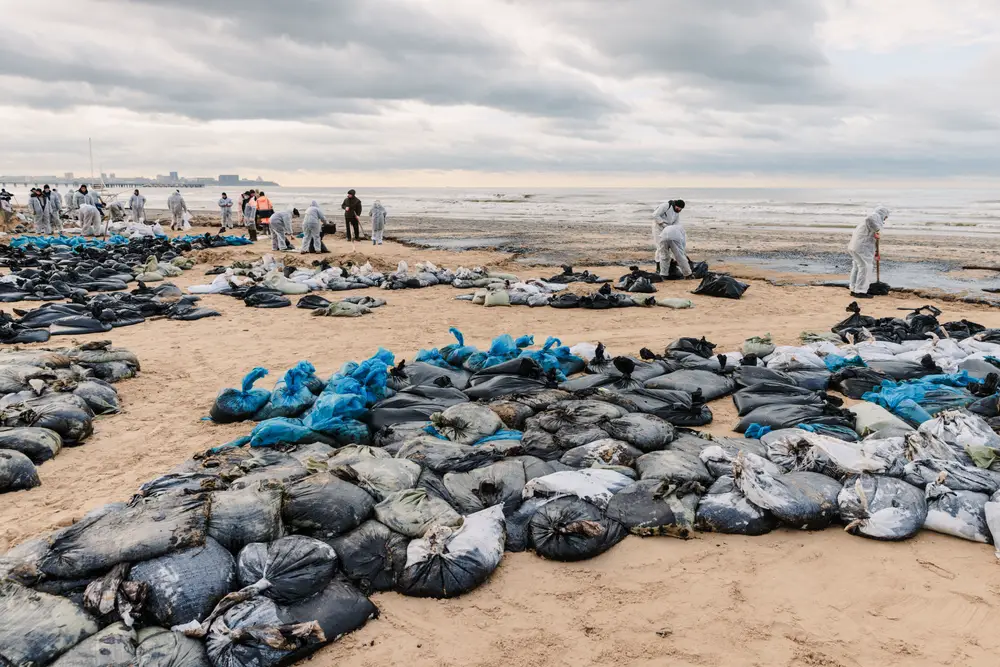
In April 1991, the MT Haven oil tanker exploded and sank off the coast of Genoa, Italy, releasing approximately 1.3 million barrels of crude oil into the Mediterranean Sea. The spill severely impacted marine life, with oil slicks reaching the coasts of Italy, France, and Monaco. The incident resulted in significant mortality rates among marine species, including fish, seabirds, and marine mammals. The environmental damage was extensive, with oil contaminating sensitive ecosystems and affecting biodiversity.
The economic impact was also profound, as the fishing and tourism industries suffered significant disruptions. The response to the spill involved large-scale cleanup efforts that took years to complete. The disaster highlighted the vulnerability of the Mediterranean region to oil spills and underscored the importance of preventive measures. It remains one of the worst oil spills in the region’s history, prompting a reevaluation of maritime safety protocols and environmental protection strategies.
9. The Odyssey Spill: A Transatlantic Crisis
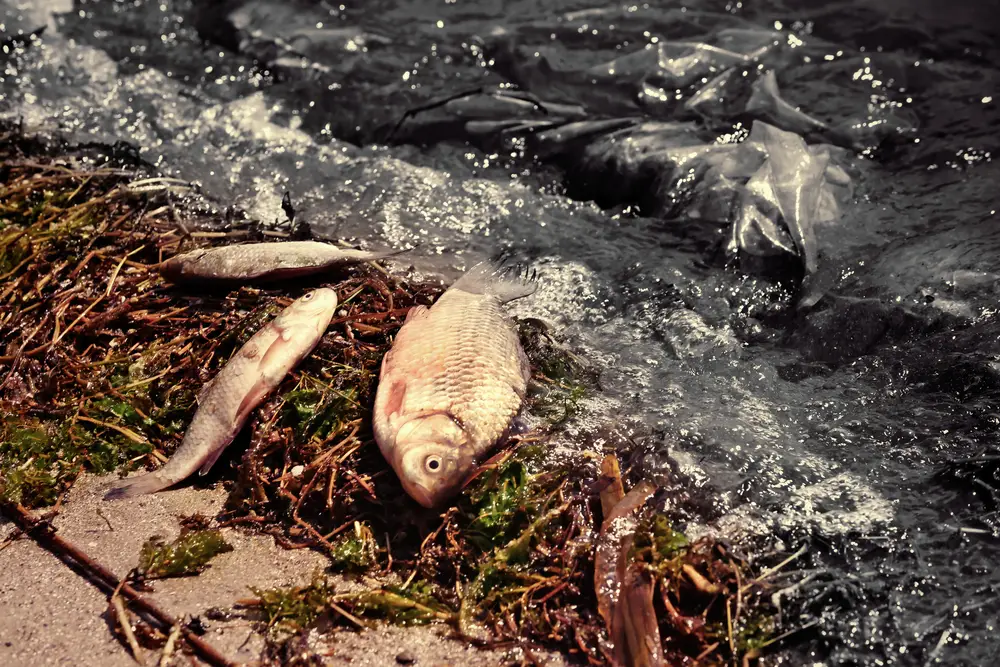
In November 1988, the oil tanker Odyssey sank off the coast of Nova Scotia, Canada, releasing approximately 1.02 million barrels of crude oil into the Atlantic Ocean. The spill spread over a vast area, affecting marine life and ecosystems across the North Atlantic. The immediate impact on wildlife was devastating, with numerous seabirds and marine animals perishing in the oil. The incident underscored the challenges of oil spill response in harsh oceanic conditions, where cleanup efforts are often limited by weather and accessibility.
The economic consequences of the Odyssey spill were significant, with the fishing industry in the affected areas facing substantial losses. The disaster highlighted the importance of international cooperation and preparedness in responding to transatlantic oil spills. It also prompted a reassessment of safety standards and regulations for oil transportation in international waters. The Odyssey spill remains a sobering reminder of the potential environmental damage posed by oil tanker accidents.
10. The Prestige Spill: Spain’s Lingering Nightmare
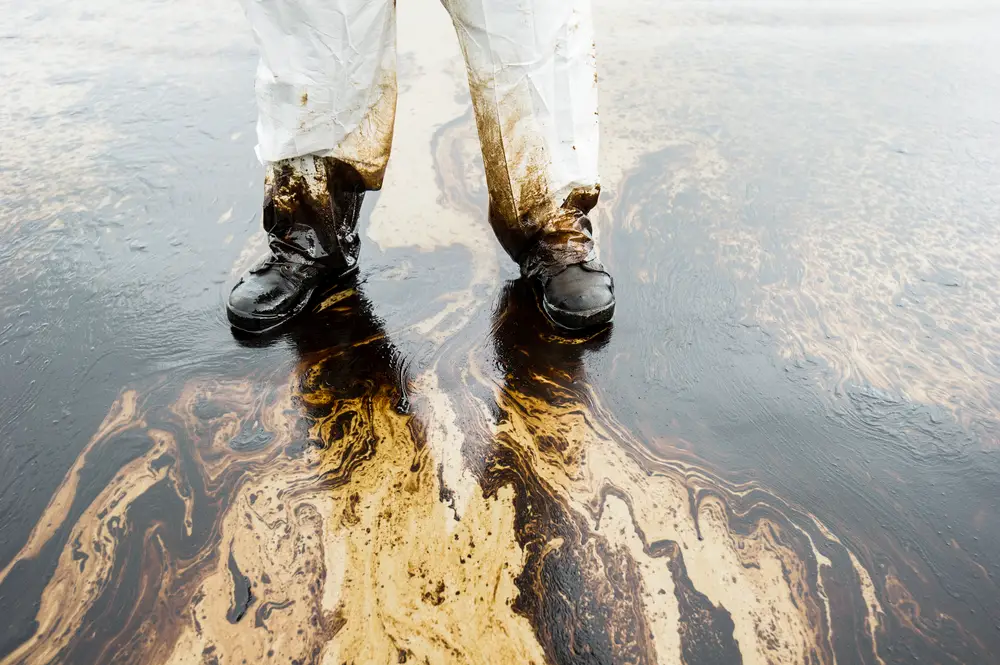
In November 2002, the oil tanker Prestige sank off the coast of Galicia, Spain, after suffering structural damage, releasing approximately 77,000 tons of fuel oil into the Atlantic Ocean. The spill contaminated over 1,000 miles of coastline in Spain and France, causing severe environmental damage to marine life and local economies. The disaster resulted in the deaths of countless seabirds and marine creatures, devastating ecosystems and biodiversity. The long-term environmental impact was profound, with residual oil continuing to affect the region for years.
The Prestige spill had significant economic repercussions, crippling the fishing industry and impacting tourism in the affected areas. The incident highlighted the need for improved safety measures and response strategies for oil spills in European waters. It also spurred changes in international maritime regulations, emphasizing the importance of preventing such disasters. The Prestige spill remains a stark example of the environmental and economic consequences of oil tanker accidents.
